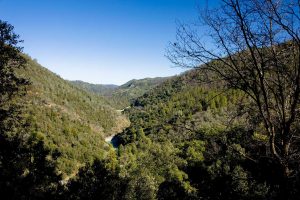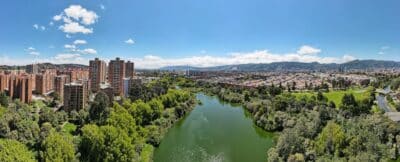4 Ways Cities Pioneered Nature-Positive Action in 2023

2023 was a year of disruptive climate impacts, devastating wars, and fraught geopolitics. Earth’s average global temperatures got dangerously close to the 1.5 degrees C warming threshold set by the Paris Agreement. Extreme heat, widespread flooding, devastating drought, record-breaking wildfires, and mass migration among vulnerable communities led to widespread suffering.
However, 2023 also brought moments of hope. Around the world, profound positive changes happened at a local level, where lofty policy goals meet the realities of implementation. Cities and local governments, utilities, companies, and communities embraced nature alongside traditional infrastructure to address humanity’s greatest challenges.
Cities are beginning to take center stage in forging a more sustainable path, so much so that their elevated role in climate action was a hallmark moment at COP28. Many of them are seeing that the fundamental needs of all people — health and well-being, safety, food, water, and clean air — can be more easily attained when nature thrives.
In the last year, Cities4Forests supported cities across the world as they embraced nature and seized its many benefits. We delivered technical assistance to dozens of projects across our network of member cities. But what does this all add up to in practice?
Here are four highlights from 2023:
1. New Political Commitments Set the Stage for City-Led Action
When done right, political commitments can be more than just talk. These commitments can pave the way for long-term, large-scale action that is often hard to achieve and desperately needed. We assisted multiple cities in getting the right policies in place and bringing more visibility to nature’s role in cities.
In Campinas, Brazil, city leaders used the technical support we provided alongside WRI Brasil to understand the area’s climate hazards and identify nature-based solutions (NBS) to address them. The city revised their environmental plans and made NBS a central part of the municipality’s environmental policies, actions, and goals. This followed closely on the heels of a major report from Cities4Forests and partners detailing how hybrid “green-gray” infrastructure could help Campinas achieve water security. Bengaluru, India similarly centered NBS in the city’s first climate action plan to improve climate resilience and advance water targets.
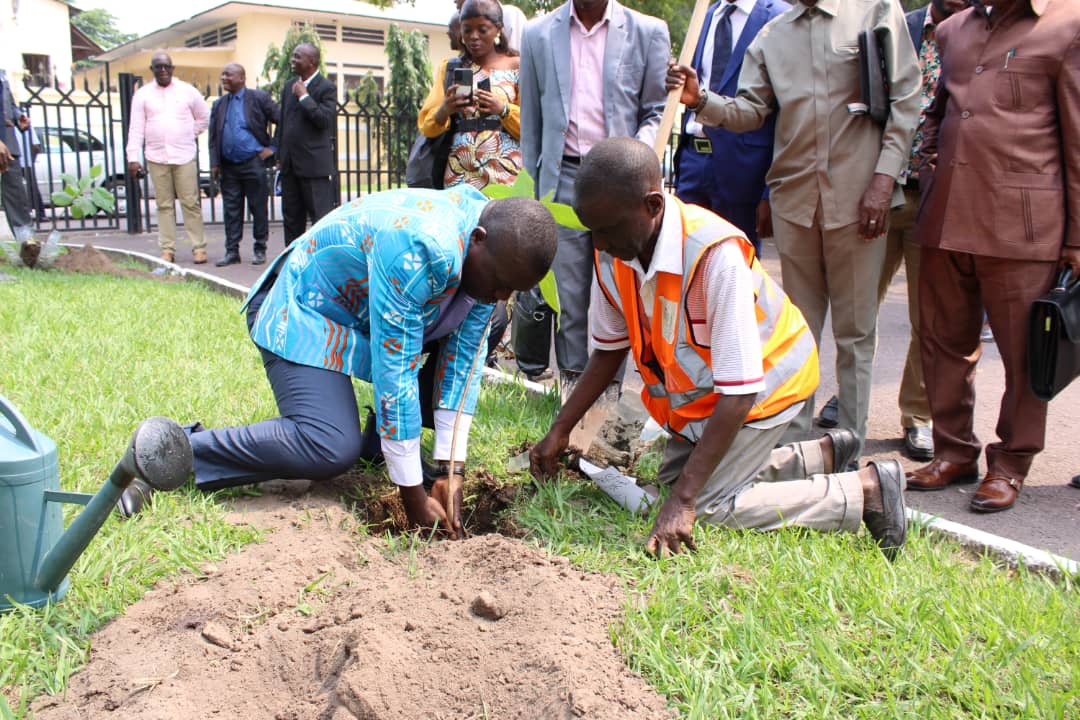
Some of these commitments have implications for more than just one city. In the Republic of Congo, Brazzaville launched its urban forest strategy with support from our team to improve climate adaptation and mitigation. This is both the first urban forest strategy for the city and the first strategy of its kind in the Congo Basin, where cities have grown with explosive speed, often without adequate infrastructure.
Other cities in the region emerged as leaders alongside Brazzaville. Bukavu, Democratic Republic of the Congo, has developed new approaches for managing solid waste while regreening degraded urban areas. The city is also slated to advance additional nature-based projects in the coming years.
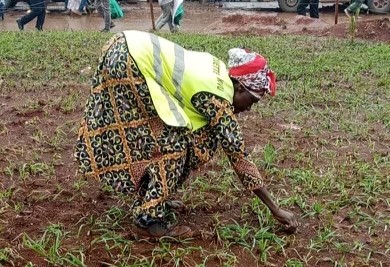
Some of these commitments also happened on a national scale. For example, Indonesia has adopted Cities4Forests’ NBS and greenspace recommendations into its urban planning guidelines. This will bolster climate resilience in cities across the country. In Kenya, President William Ruto launched the Nairobi Rivers Commission, which will revitalize the Nairobi River to contribute to national restoration goals, improve water security, create green jobs, deliver hydroelectric power, and more. Nairobi also hosted the first ever Africa Climate Summit during Africa Climate Week, showcasing Africa’s role as a leader in climate action. The Summit gathered political leaders from across the world and ultimately cumulated in the release of the Nairobi Declaration.
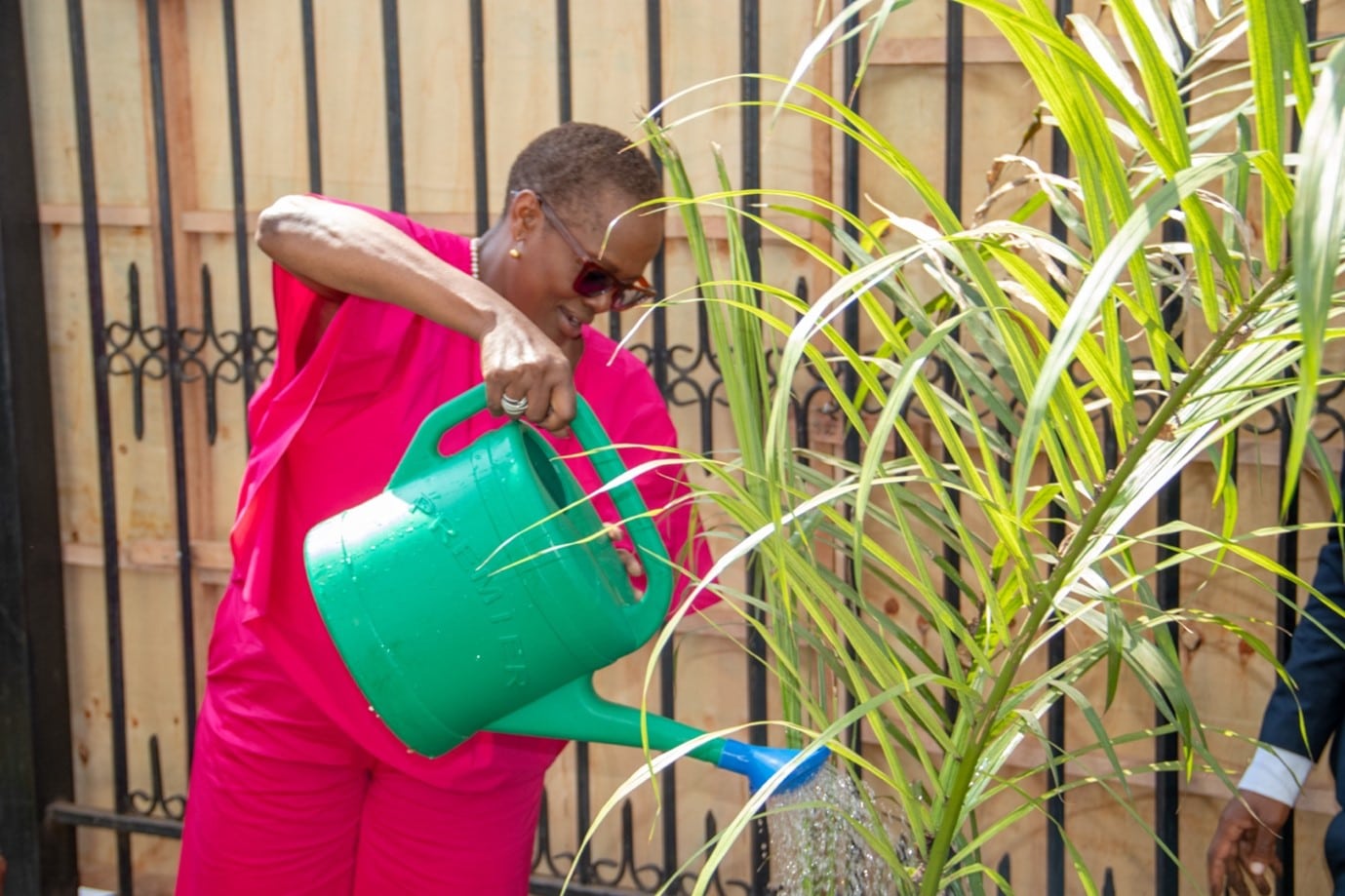
Finally, cities around the world have taken bold steps to cut back on deforestation from the commodities they purchase. The Partner Forest Program has allowed multiple cities to connect with forestry enterprises to build more sustainable wood value chains. From a new value chain in Mexico, to public spaces in Turin, to a raft in Copenhagen’s iconic harbor, the Partner Forest Program has shown what commitments to conservation timber can build. Read more about these highlights here.
2. Multiple Cities Make Major Strides to Prepare Nature-Based Solutions Projects
Nature-based solutions are a powerhouse for cities. As cities continue to face growing populations, failing infrastructure, and climate impacts like flooding and urban heat, NBS provides avenues to address multiple challenges at once. Knowing this, cities around the world are taking steps to integrate NBS into their city planning.
Cities4Forests’ NBS Accelerators helped dozens of projects get ready for implementation, access funding, and scale up for greater impact. In Brazil, the accelerator supported ten projects that, if implemented, would impact 3 million people across the country. Two projects, parks in Campo Grande and Maranguape, will receive additional support this year. Both parks will improve stormwater management and improve access to green space for local communities. This will enhance livelihoods and save both cities millions of dollars in avoided damages from flooding.
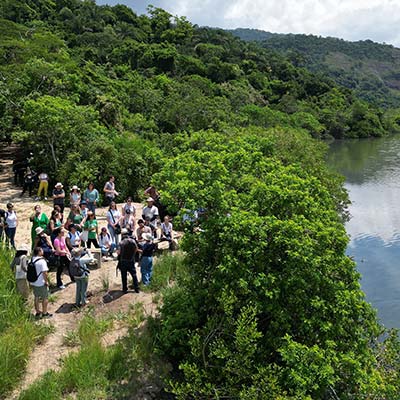
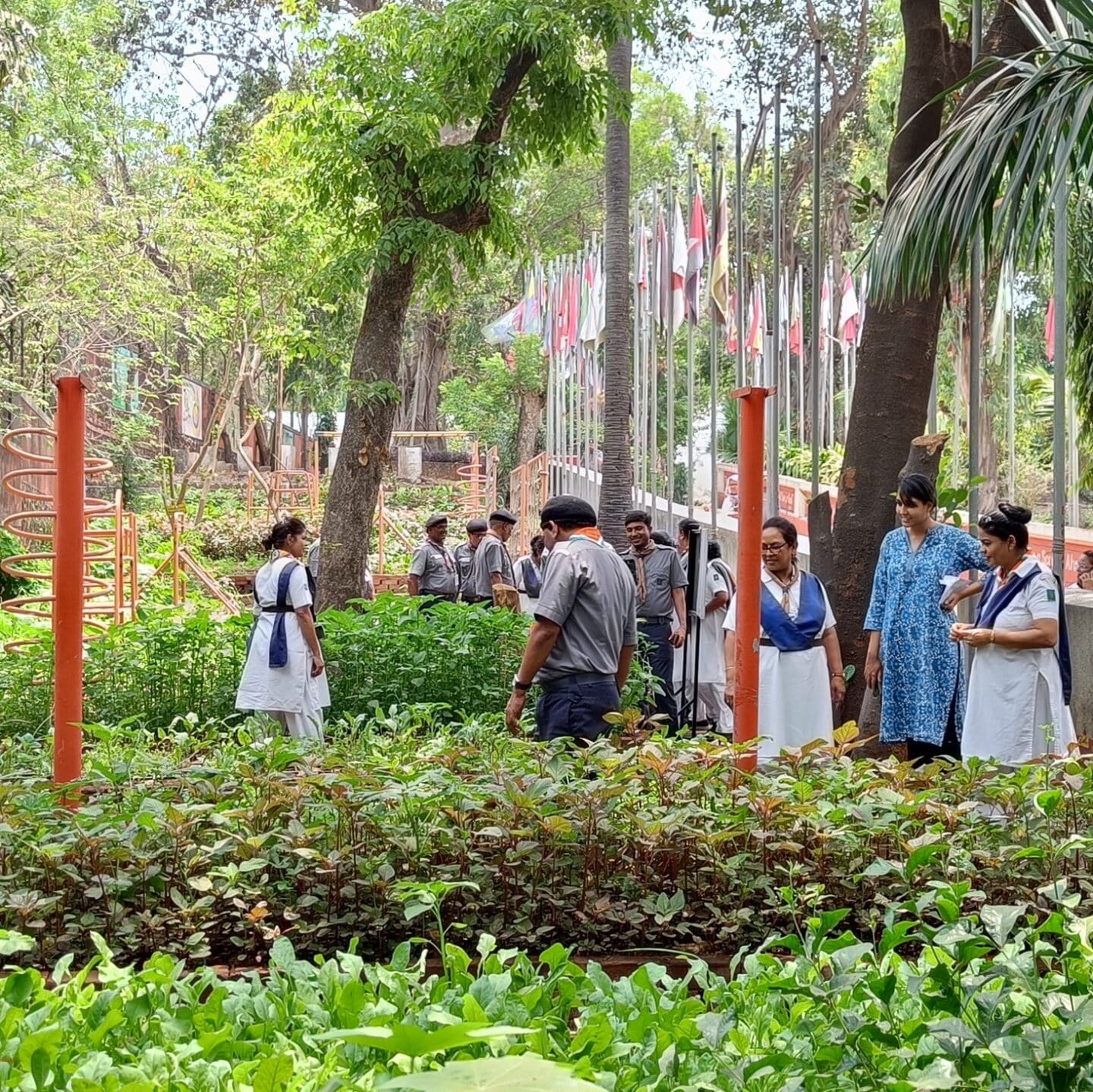
In India, two projects in Mumbai’s NBS Accelerator sparked large-scale changes in the city. Both projects involved growing rooftop gardens on schools to address urban heat and provide fresh vegetables for student lunches. Following the success of these pilots, over 250 schools in the city will now develop their own rooftop gardens. Additionally, Delhi launched its first NBS accelerator this year. The first two winners are currently implementing improvements to sewage treatment and groundwater recharge throughout the city.
3. Proof Mounts on the Value of Nature-Positive Investments
Improved nature conservation and restoration cannot happen without finance. How will projects that advance or protect nature get funded? Do nature-centered investments pose a risk to investors? Can a city or country truly make a systemic change to benefit nature without sacrificing their economic growth? Last year showed that nature-forward investments are not only the right thing to do, but can be financially sound for all involved.
Economic growth in rural Brazil has often been tied to deforestation. A trailblazing report, New Economy for the Brazilian Amazon, offers a roadmap to decarbonize the Brazilian economy, boost the nation’s GDP by US$8.2 billion, preserve 81 million hectares of forest, create over 300,000 jobs in the region, and much more. And this is not the only nature-forward economic opportunity in Brazil. A green-gray assessment for Belo Horizonte found that investing in natural infrastructure in two watersheds could save the local water utility BRL$2 million per year and increase local household income. Similar findings came out in Bogota, Colombia. Natural infrastructure along the Bogota River could save the water utility US$44 million and improve water security for the city.

Similar stories unfolded up north in the United States. The Utah Resilience Fund raised US$7 million to fund forest treatments in the Upper Weber Watershed, which flows into the Great Salt Lake. These treatments will improve water security for millions of residents, reduce wildfire risks, and mitigate the related catastrophic costs.
While these examples demonstrate economic models and investments based on projected savings, do they really lead to investor return and cost savings in the future? In the Tahoe National Forest in California, a conservation finance milestone answered with a resounding “yes”. The pilot Forest Resilience Bond in this forest, Yuba I, investors financed restoration across 15,000 acres of forest. The restoration work was done three times faster than planned, resulting in reduced catastrophic wildfire risk, improved the water supply, dozens of new jobs, and more. At the end of 2023, all investor capital was returned — principle plus interest. This example shows that mutual benefit for investors and nature is not a theory and can be put into practice. Following the success of Yuba I, two more Forest Resilience Bonds have launched and more are under development across the Western United States.
4. Footprints, Dashboards, and Reports Expand Collective Knowledge
The incredible strides cities have made with 2023 all start with answering one common question: why? For cities to truly embrace nature and work toward its protection and conservation, they need to understand what’s at stake, how their residents can benefit, and what they can do to make the most impact. We released new tools and worked with cities on data collection to build collective knowledge that sparks greater change.
To help cities visualize their impact on the natural world, we released two free-to-use tools. The first is the Cities4Forests & UrbanShift Geospatial Indicators Dashboard. The dashboard allows users to explore specific indicators for select cities across themes like greenspace access, flooding, and climate mitigation. This information can inform urban planning decisions for these cities. The second is the Forest Footprint for Cities, a flagship platform for Cities4Forests. The dashboard shows the tropical deforestation and related carbon emissions footprints for select cities, including which commodities are the most significant drivers.

Our work with tools and knowledge products goes beyond their release. We help cities that want to use and develop plans based on these resources. For example, we released guidance in 2020 on how to develop greenhouse gas inventories for forests and trees within cities. Since then, we have helped multiple cities track the greenhouse gas impacts of forests and trees within their boundaries. Notably, we collaborated with multiple government officials in Indonesia so that they could create these inventories for their cities and use them to inform climate action plans.
What’s In Store For 2024?
While each of these moments and successes from 2023 are worth celebrating, they are not an end point. We hope these accomplishments will serve as building blocks for even more transformative action in 2024.
Our team is already busy working with governments, utilities, and other actors to implement new activities. We’re excited to share these updates with you and grateful for your support every step along the way! If you would like to know about these activities as they happen, make sure you sign up for our newsletter.
Thank you for being part of Cities4Forests in 2023. We look forward to what we will do together this year!











